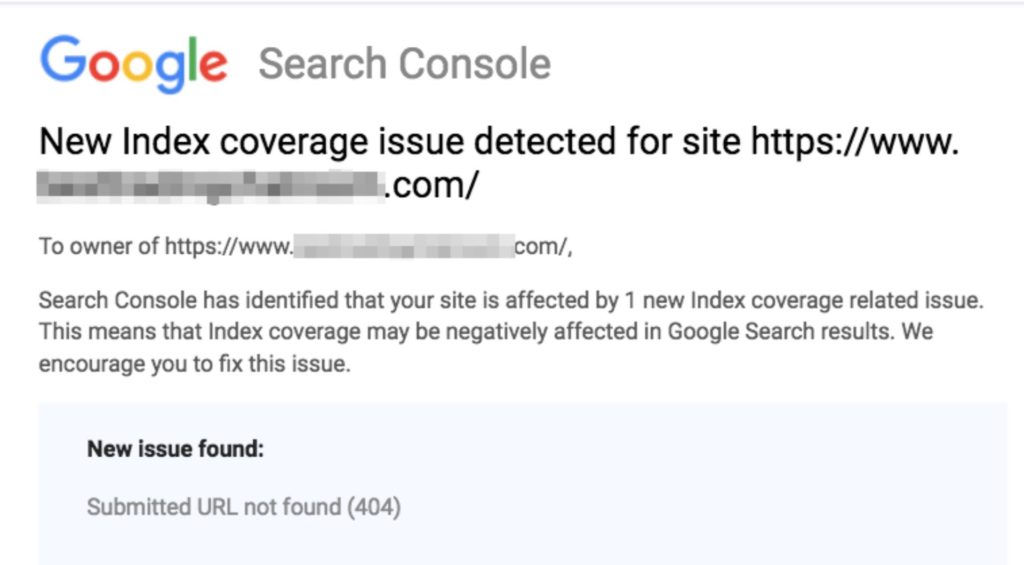Technical SEO & Audits
Let’s think like a motorcycle racer. You can have thousands of dollars in performance parts and personal riding development, but if the tires are worn, and the engine isn’t tuned, good luck getting to the finish line.
You may get there, but the results will certainly stink.
The same can be said of a website. You can have the greatest content in the world written by the most authoritative authors with truly unique perspectives, but if your pages load slowly, or you have multiple broken URLs, or you’re not mobile friendly, good luck getting your reader to the finish line. And those finish lines for web traffic is a conversion that ultimately leads to a sale.

What your website needs is a supercharged foundation, which is only possible through a strong technical platform.
Today’s tools can quickly diagnose multiple issues, from duplicate title tags to multiple H1 tags to site speed issues. These errors are unnerving, and cause major roadblocks for those who engineered strategical on-site (all on-page elements such as title tags, keywords, meta-descriptions, etc.) and off-site (inbound links from other hopefully reputable websites) SEO.
Search engine algorithms evolve daily – especially as new technology emerges (think of the rise in voice search and Internet of Things), which forces you to constantly refine your on-page SEO strategies. Yet the core of this dynamic market – technical SEO – remains unfazed, and will need to remain supercharged for all other elements to work.
A bad-performing website is like a motorcycle with bad tires and no engine oil; it may run, but it won’t get you far. Assume, you have got a mobile website but Google is not indexing it due to various technical issues? It’s pointless to even ruminate over how the mobile app looks when it’s crippled technically.
ContentMender’s main focus is written content – but we always recommend that new clients undergo a technical SEO audit so we can get the most value out of those content efforts. We won’t get crazy technical, but the following are six basic elements that are absolutely crucial for your website’s performance and should be audited regularly.
First – What Exactly is Technical SEO Audit?
A technical SEO audit diagnoses all of the crawling and indexing errors of your website. The goal is to provide all solutions to the technical issues that are negatively affecting your website’s performance, which translates to poor search engine results page (SERP) rankings.
And tech SEO continues to evolve – quicker than ever. Search Engine Journal recently provided the following infographic that describes the evolution of technical SEO.
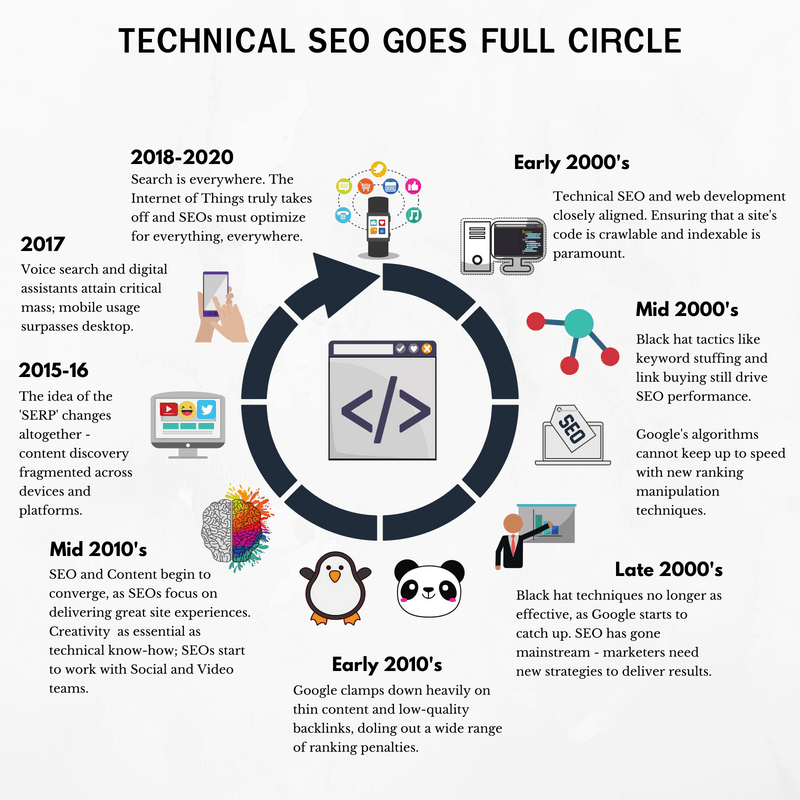
If you want stronger rankings and your content to truly reach that target audience that will become a loyal client, you must have a sound technical website platform. And it all starts with proper diagnoses through a tech audit. We won’t get crazy deep here, but the following are the six must-checks of an audit.
We will focus on Google for simple reasons; according to Global Stat statfinder, as of April 2019 Google-owned over 92 percent of the search engine market share.
1. Sitemap Status
A sitemap tells search engine bots about the listed webpages and its content, and you need one for top performance. The crawler will follow the sitemap to index the pages you wish to be indexed. Even with the top-notch quality content, your webpage will be non-existent if Google is not crawling.
Have a look into the XML sitemap below from Yoast SEO plugin, which is specific to WordPress platforms. This list informs Google about the different web pages and the date when the post content was updated. When you update the content, Google crawler will know of the new post to crawl and index.

All you need to do is submit the XML sitemap into the Google Search Console account or the robots.txt file
2. Indexing Errors
Search engines like Google are the absolute boss. They have practically got all the authority to flush out web pages that fail to match up to the quality benchmarks or has got some pesky errors.
Check the Index Status Report from Google Search Console to know the discrepancy between crawled and indexed pages.
3. Crawlability
You want Google bots to index your website but it must first crawl your website. Grab the Crawl Report from Google Search Console.
Some of the commonly found crawlability errors include
- DNS Errors will display if Google bot fails to connect with your domain. Its a critical level error that needs an immediate fix.
- URL errors are specific to web pages and not the entire website. You can easily determine the URL Google bot is not indexing and on which device.
- txt file failure if you inadvertently disallowed targeted pages.
- Google search for “site:yourwebsite.com” as it will roll down all the indexed pages. If you do not find your website, either google penalized it or you have committed some SEO faux pas.
- Duplication Errors: They are far more common when there are similar products or pages with copied content that translated into your meta descriptions. Use SEMrush or Screaming Frog to identify content duplication within title tags, headline tags or meta descriptions. Make some smart tweaks of meta titles and descriptions. If you do find a page with duplicate content, Instead of deleting the page with copied content, use a 301 redirect or add a canonical to each page to give a clear message to Google bots.
- Broken links can dig a big hole in your crawling budget. As per a SEMrush study, more than 80% of websites examined had 4xx broken link errors and over 65% of sites had duplicate content. Often called dead links, they return no value or result and raises the question on your authority. It includes 404 error page, invalid hostname, invalid HTTP, timeout, reset, etc.
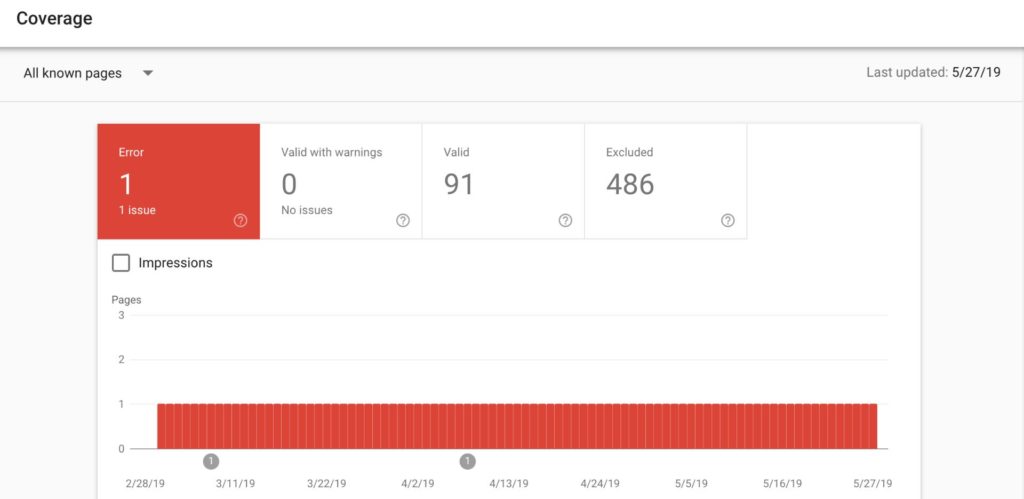
4. Mobile-Friendly
Having a responsive mobile-friendly website is no longer an option. It is needed for your business to stand a good chance to nurture the potential in the online market.
Google changed the rules of the game in 2016 with the announcement of mobile-first indexing. The search giant made the intention pretty clear. Build a responsive website that automatically adjusts to screen sizes of your desktop, laptop, smartphones, tabs and other devices alike.

Run Google’s Mobile-Friendly Test to determine if your website is mobile friendly. If you have an independent mobile website, confirm the following:
- High-quality content including relevant images, text, videos, etc.
- Proper website structure (or mobile XML)
- Unique and SEO friendly metadata
- Flexible crawling budget
- Use Google’s robots.txt tester to make sure Google can read your mobile site.
5. Site Speed
Page load speed has been the most obvious decisive factor for you to visit a website. As per Google data, if a webpage load time touches 10 seconds, the bounce rate throttles to 123 percent.
The proverbial cookie-cutter practices are no longer sufficient, and complacency certainly does not have room if you want to reap the returns on your investment.
Your site speed is not just instrumental for improving user experience but is also a ranking factor for mobile searchers as per the Google Speed Update in 2018.
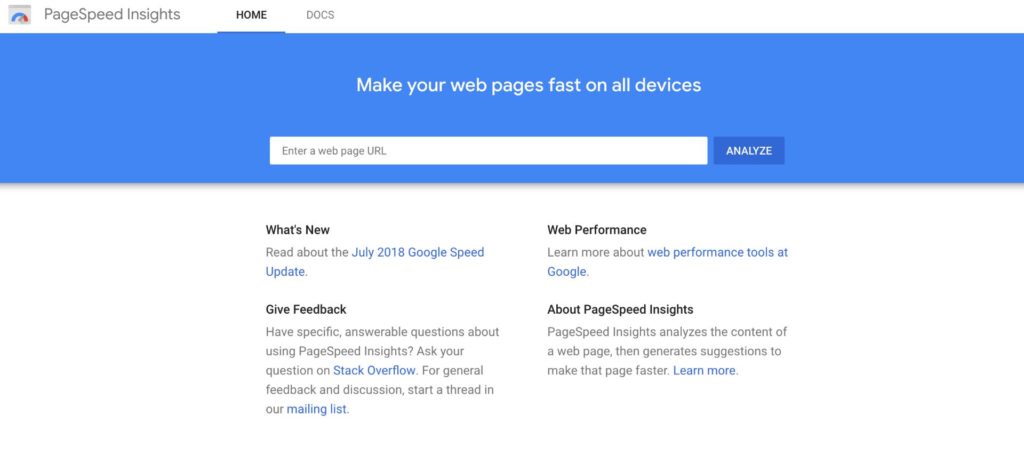 Use Google’s PageSpeed Insights tool for determining the page speed. Google also lists all fixes that are needed; get these to your web developer or a respectable tech SEO.
Use Google’s PageSpeed Insights tool for determining the page speed. Google also lists all fixes that are needed; get these to your web developer or a respectable tech SEO.
6. HTTPS: You Need an SSL Certificate
There is nothing to argue when it comes to security for Google, and having a secured website by way of SSL certificate is an absolute must today and going forward.
A recent ranking factors study conducted by SEMrush says that having an SSL(Secure Sockets Layer for your HTTP, or Hyper-Text Transfer Protocol) certificate is a powerful ranking factor.
Irrespective of the excellent content, most users may not be willing to visit a site if the browser has raised a red flag of security threat. If your still using HTTP, do not be shocked if you have poor search rankings.
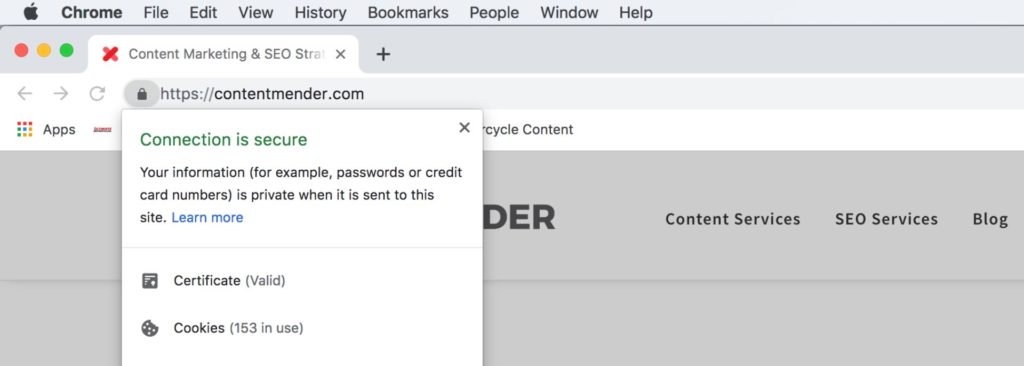
The only solution is to secure your website via an SSL certificate. This will allow you to get natural traction from the search engines and users. Browsers warn viewers of an insecure website, which can immediately cause a bounce. This action is horrible for SEO rankings, and of course horrible for prospect engagement.
Your website’s domain register and/or hosting company can quickly provide the solution.
Concluding Thoughts
The protocols to pursue SEO are changing at an unfathomable speed. Every Google algorithm change triggers additional tweaks you must make to your website to perform optimally in search.
The good news is that base layers of technical SEO – the six elements explained above – has been pretty much the same. The nuts and bolts of your website need regular audit or assessment to keep it fully-functional and user-friendly. A motorcycle racer can’t win with an engine that lacks oil or worn tires, just as a website can’t perform optimally in search with a technical platform that’s not functioning at full throttle.
Create a schedule to run a thorough website audit to evaluate the health of the website – keep that website running strong so your content and brand can truly outperform the competition.

